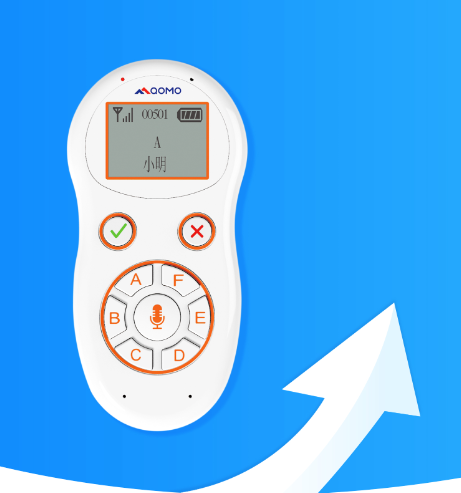As we all know, technology has transformed the ways in which we interact and communicate. This advancement has also extended to educational settings, with the emergence of electronic response systems. Commonly known as clickers or classroom response systems, these tools allow educators to engage with students in real-time, enhancing classroom participation and learning outcomes. Here are some of the key benefits that can be obtained from utilizing an electronic response system.
Increased Student Engagement: One of the most significant advantages of an real-time response system is its ability to boost student engagement. With these systems, students actively participate in class by answering questions or providing feedback using their own handheld devices, such as smartphones or dedicated clicker devices. This interactive approach encourages active learning and promotes a more collaborative and engaging environment.
Real-Time Assessment: An electronic response system enables teachers to gauge student understanding and comprehension instantly. By collecting responses in real-time, educators can identify any knowledge gaps or misconceptions, allowing them to address these issues immediately. This quick feedback loop helps to adapt teaching strategies and cater to the specific needs of students, resulting in enhanced learning outcomes.
Anonymous Participation: Electronic response systems provide students with the opportunity to participate and share their thoughts anonymously. This feature can be particularly beneficial for shy or introverted students who may be less likely to participate in traditional classroom settings. By removing the pressure of public speaking or fear of judgment, these systems give all students an equal chance to engage and express themselves.
Enhanced Classroom Dynamics: The introduction of an electronic response system can transform the dynamics of a classroom. Students are encouraged to actively listen and engage with their peers’ responses. Teachers can generate friendly competition by displaying anonymous response summaries or conducting quizzes. This active involvement fosters better communication, collaboration, and a sense of community among students.
Data-Driven Decision Making: Electronic response systems generate data on student responses and participation. Teachers can use this data to gain valuable insights into individual student performance and overall class progress. This data-driven approach enables instructors to identify areas of strength and weakness, adjust teaching strategies, and make informed decisions regarding curriculum and assessments.
Efficiency and Time Management: With electronic response systems, teachers can efficiently collect and analyze student responses. By automating the process, educators can save valuable instructional time that would otherwise be spent on manual grading and feedback. Furthermore, teachers can easily export, organize, and analyze response data, streamlining administrative tasks and improving overall time management.
Versatility and Flexibility: Electronic response systems offer versatility in their application. They can be used in various subjects and class sizes, ranging from small classroom settings to large lecture halls. Additionally, these systems support diverse question types, including multiple choice, true/false, and open-ended questions. This flexibility allows educators to employ a range of teaching strategies and engage students effectively across different disciplines.
Post time: Oct-10-2023




